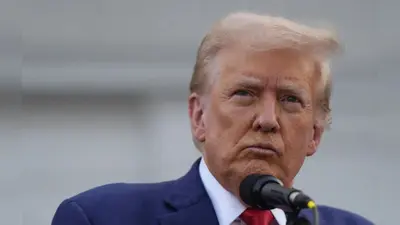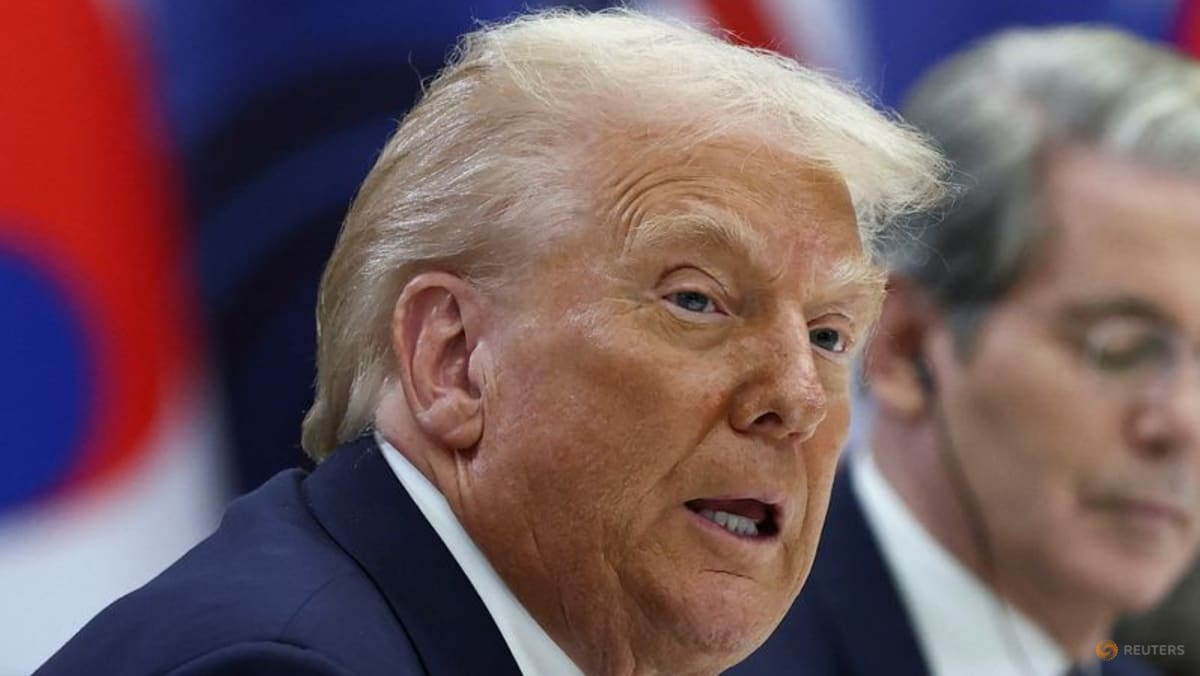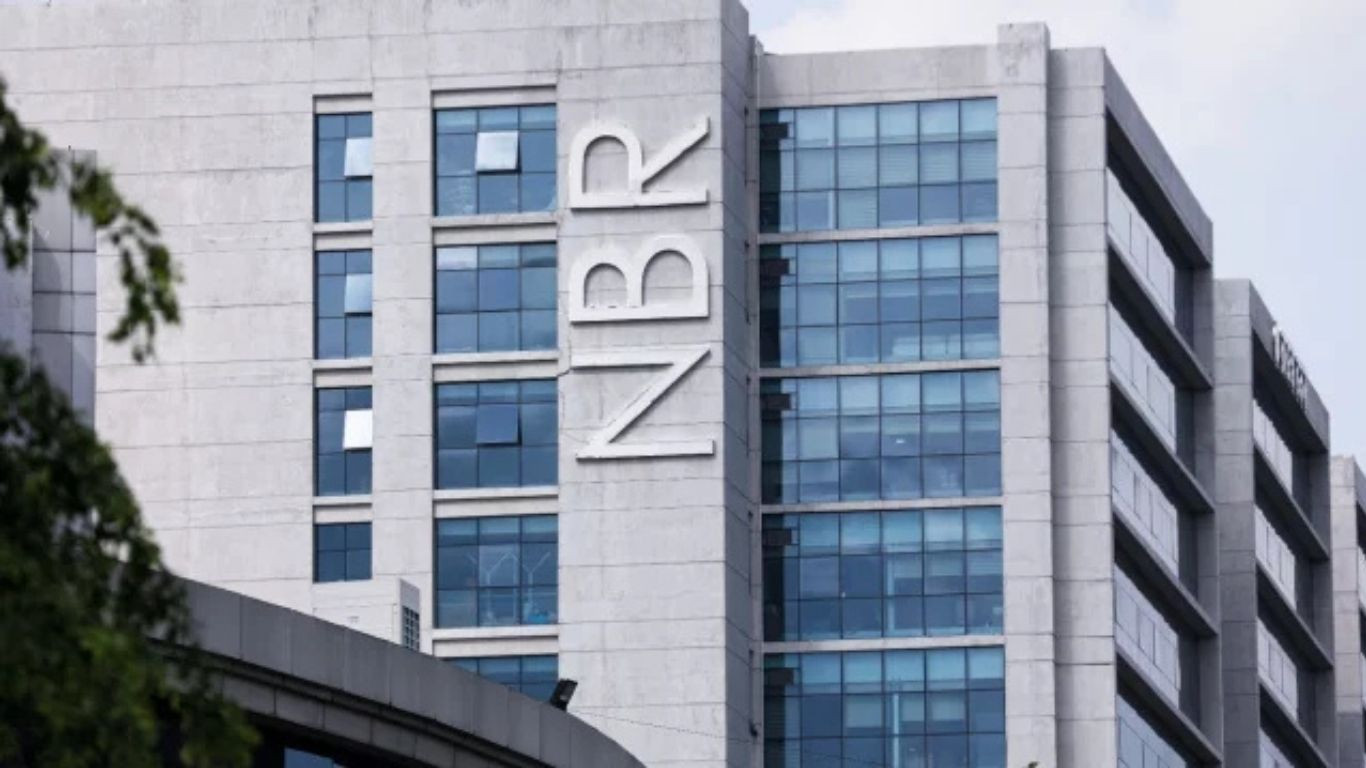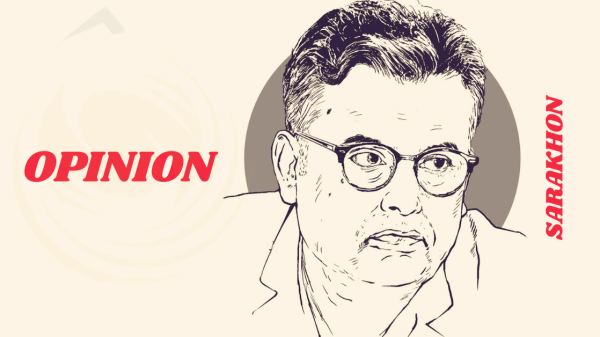TRUMP SAYS U.S. WILL BEGIN TESTING NUCLEAR WEAPONS; ARMS CONTROL DEBATE REIGNITES

What the president announced and immediate reactions
President Donald Trump said he has instructed the Pentagon to resume nuclear weapons testing “on an equal basis” with Russia and China, arguing the U.S. must validate deterrent reliability under real-world conditions. The move would mark a dramatic break from a decades-long moratorium that relied on subcritical experiments and computer simulations under the Stockpile Stewardship Program. Defense hawks cheered the message as restoring credibility, while arms-control advocates warned that testing could trigger a destabilizing chain reaction—prompting rivals and regional powers to follow suit. Legal scholars also flagged process questions: what notifications would the administration provide to Congress and international bodies, and how would environmental safeguards be applied at potential test sites?

Risks for alliances, nonproliferation, and domestic politics
If implemented, testing would inject uncertainty into alliance management. European and Asian partners who prize predictability could face new protest politics at home, while adversaries would weaponize the optics to argue that Washington has abandoned restraint. The technical rationale will be scrutinized: many scientists say modern diagnostics and high-fidelity simulations already provide confidence in warhead safety and reliability. Domestically, communities near historic test ranges would demand comprehensive environmental assessments, health guarantees, and compensation regimes before any activity. The broader strategic cost is that a return to testing could undercut U.S. credibility when pressing others to observe limits on fissile-material production or missile development. Even if no tests ultimately occur, the signal alone reshapes negotiations and will likely force Congress to debate statutory constraints and oversight on any path forward.






















